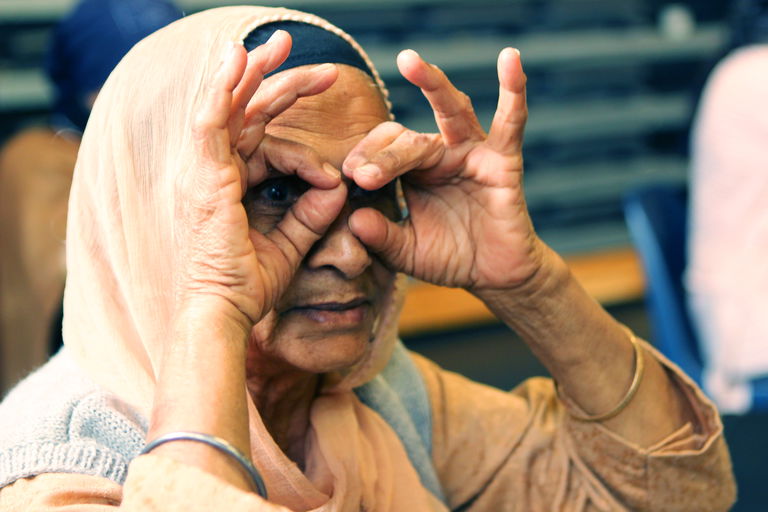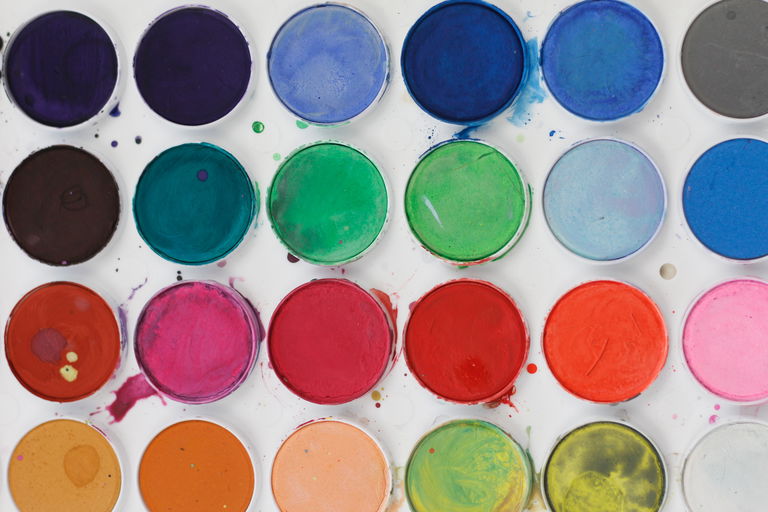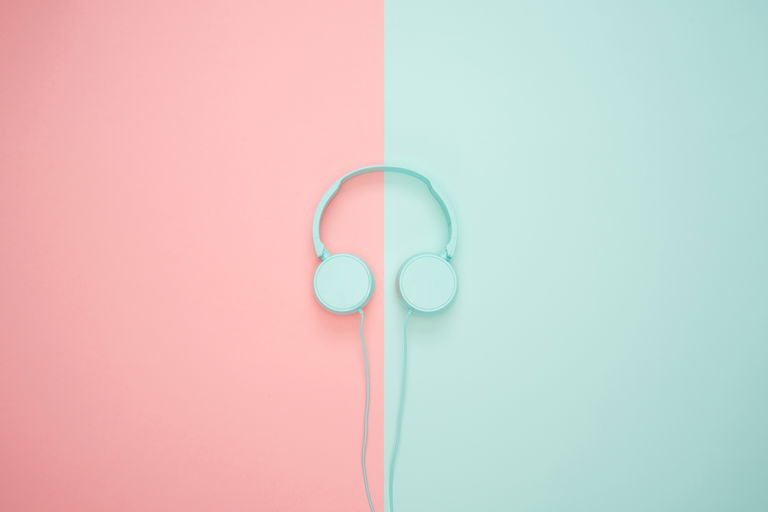
Being an Artist Means Health Risks—And Better Care Is Needed
Leah Sandals
Apr 11, 2019
It was a story that made international headlines. A Toronto artist, Gillian Genser, spent more than a decade working on a sculpture made of blue mussel shells. Over the years, she developed headaches, chronic pain, vomiting.
“I visited a never-ending assortment of specialists—neurologists, rheumatologists, endocrinologists—hoping to figure out what was wrong with me,” Genser wrote in Toronto Life recently. “When they asked me if I worked with anything toxic, I said no, that I only used natural materials.” Only later did Genser learn, by happenstance, that blue mussels can be filled with toxic heavy metals.
While Genser’s art, and her related story of heavy-metal poisoning, has found a wide audience, the fact is that many, many artists in Canada put their health at risk over the course of their creative practice.
“In professional orchestras, there is an 84% lifetime prevalence [of injury] and a 50/50 chance of playing hurt,” says Dr. John Chong, Medical Director of the Musicians’ Clinics of Canada. “And musicians may be up to three times more likely to suffer from anxiety and depression compared to the public.”
Chong has worked on musicians’ health since the 1980s—including, in some cases, PTSD from high pressure and other professional factors. Chong says the conditions of being a musician, including poor pay and precarious employment, are part of what create these worrying health statistics. He says he hears the same from his colleagues in the international Performing Arts Medicine Association.
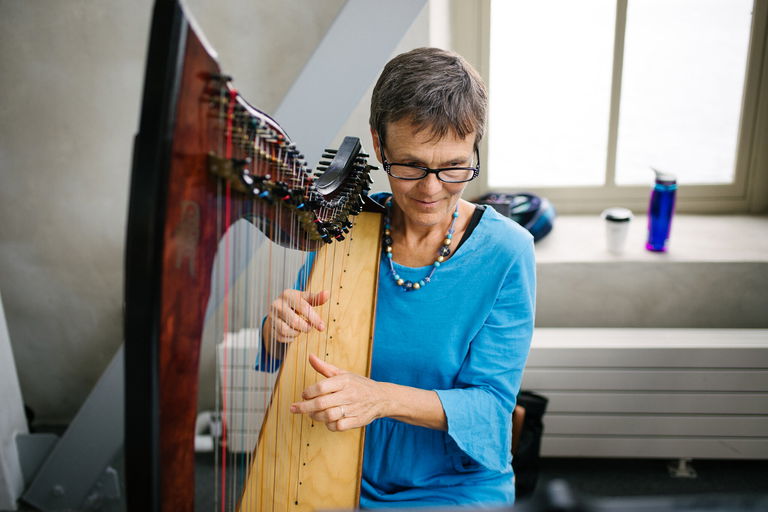
“The nature of the [music] business is basically self-employed jobbers,” says Chong. “Very few performing musicians have full-time jobs, so basically if you get hurt and miss a gig due to injury, you are replaced very quickly.” That leads to more pressure to keep illness and injury a secret, as well as more stress and worry.
Many other kinds of artists in Canada, from dancers to painters to filmmakers, share these work conditions—and associated health risks, says Julie Dawn Smith, executive director of the Artists’ Health Alliance.
“The myths about artists … along with the devaluation of art in our society as ‘frivolous’ or a ‘luxury’ overlook the fact that creating art is damn hard work, physically, mentally and emotionally,” says Smith. “And, until recently, it has also been very difficult for artists to disclose physical or mental health issues to their community for fear of losing creative opportunities.”
Smith points out that conflicts between societal and personal expectations of art can cause additional stress—and lower economic returns.
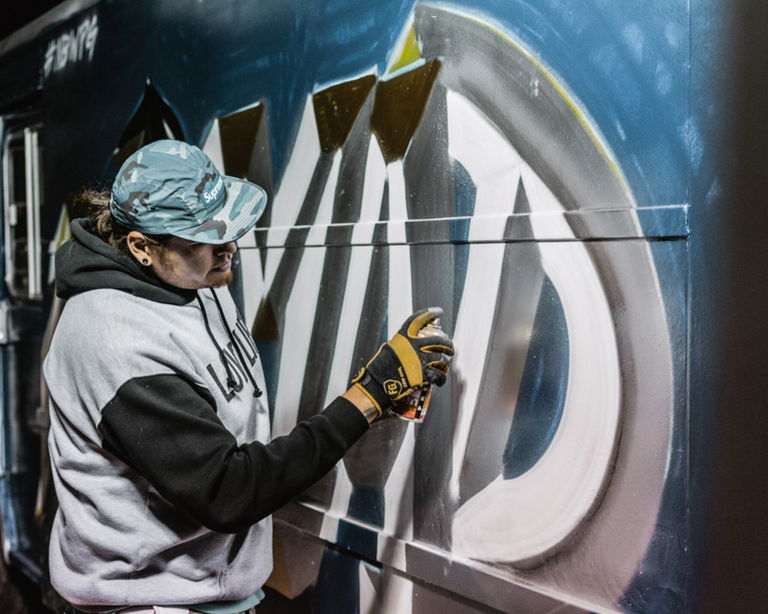
“An artist’s life demands intense dedication, emotional vulnerability, mental toughness, self-reliance, rigorous training and Exchange 5a relentless drive toward perfection,” Smith notes. “Artists shape creative impulses into creative work that, when released into the world, is scrutinized using non-artistic benchmarks.”
Dr. Chase McMurren, medical director of the Al & Malka Green Artists’ Health Centre in Toronto, says physical and psychological risks to artists’ health are real, and intertwined.
“Someone’s physical injury [in dance or music] can lead directly to anxiety about what that means for paying the rent—and that can spiral into depression about all the barriers to moving forward,” says McMurren.
Psychological hazards also come in transitioning to professional artmaking—whether it’s in instrumentalizing a formerly pleasurable practice, or identifying so much with the artist role that any threat to professional survival feels like an existential crisis.
“I find it fascinating that, from what I’ve seen in my practice, a lot of people who are now professional artists really connected with art as a form of therapy early in life,” McMurren says. Later, they have to “manage a conflict between something that’s healing and something that’s moneymaking—often it comes with a host of compromises and challenges, particularly what has been sacrificed in order to make ends meet.”
The good news in all of this, though, is that some awareness is growing about these problems, and how they can be treated.
At Dr. John Chong’s clinics in Hamilton and Toronto, a multimodal approach is available to each musician-patient. Even a repetitive strain injury that seems simple to a layperson might require a combination of biofeedback, psychological counseling, and computerized analysis. “If you integrate mind and body and encourage healthy technique and healthy behavior—which includes better thinking as well as self-care—you are going to get much better results than the older models [of care] which overused prescribed medications,” says Chong.
Chong also sees hope in the growth of the Performing Arts Medicine Association, in the increasing collaborations between its doctors and those in the longer-running sports medicine field, and in pilot programs that are bringing more health awareness courses to younger artists in music schools and training programs.
“I’ve been working with the National Youth Orchestra,” says Chong. He notes: “Risk of performance anxiety and suicidality is high when musicians are on tour and youth are at particularly high risk at that age, so it’s important work.”
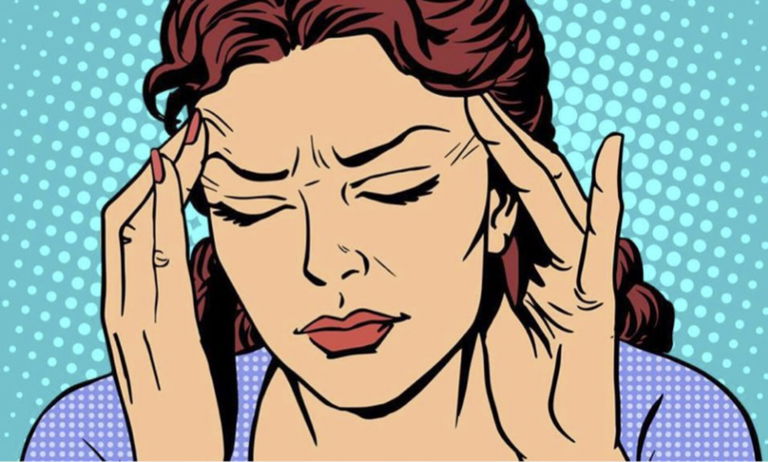
Julie Dawn Smith is motivated by the positive results she sees in the Artists Health Alliance’s own programs—like a nine-part workshop focused on stress, self-care, and creating safe spaces—as well as by the growth of artists-health-alliance-promotional-image-for-stressed-how-to-handle-the-artists-life-in-9-workshopsawareness around artist health issues.
“A number of organizations are addressing artists’ health and wellness on a number of levels,” says Smith, “including Workman Arts, Over the Bridge, SKETCH Working Arts, AFC, C*SARN, Cue, and so on. Combined, our efforts are starting to address the needs of the arts community on a larger scale.”
Indeed, artists’ health and arts-industry health is also at the forefront of organizations like Actsafe in Vancouver, which coordinates safety resources for motion-picture industry professionals, among other activities. Also in BC, Calltime: Mental Health aims to support BC motion picture-workers and their families. The Dancer Transition Resource Centre in Ottawa helps dance artists navigate psychological and physical challenges. Even indie record labels like Toronto’s Royal Mountain have stepped forward this year to dedicate mental health support funds to artists.
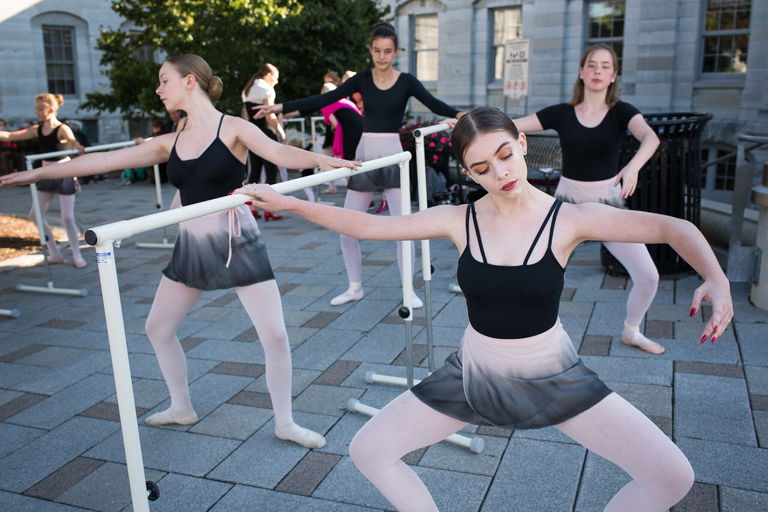
“The needs of a professional artist are often quite specific and quite misunderstood,” says Dr. Chase McMurren of the Artists’ Health Centre. “That’s why we feel really committed to supporting people who have found themselves on a professional art path. We are very aware of the hazards that come with their work.”
This is the third instalment in a special blog series by Leah Sandals, which examines Culture Days’ 2019 theme of Creativity, the Arts, and Well-being. Read the rest:
